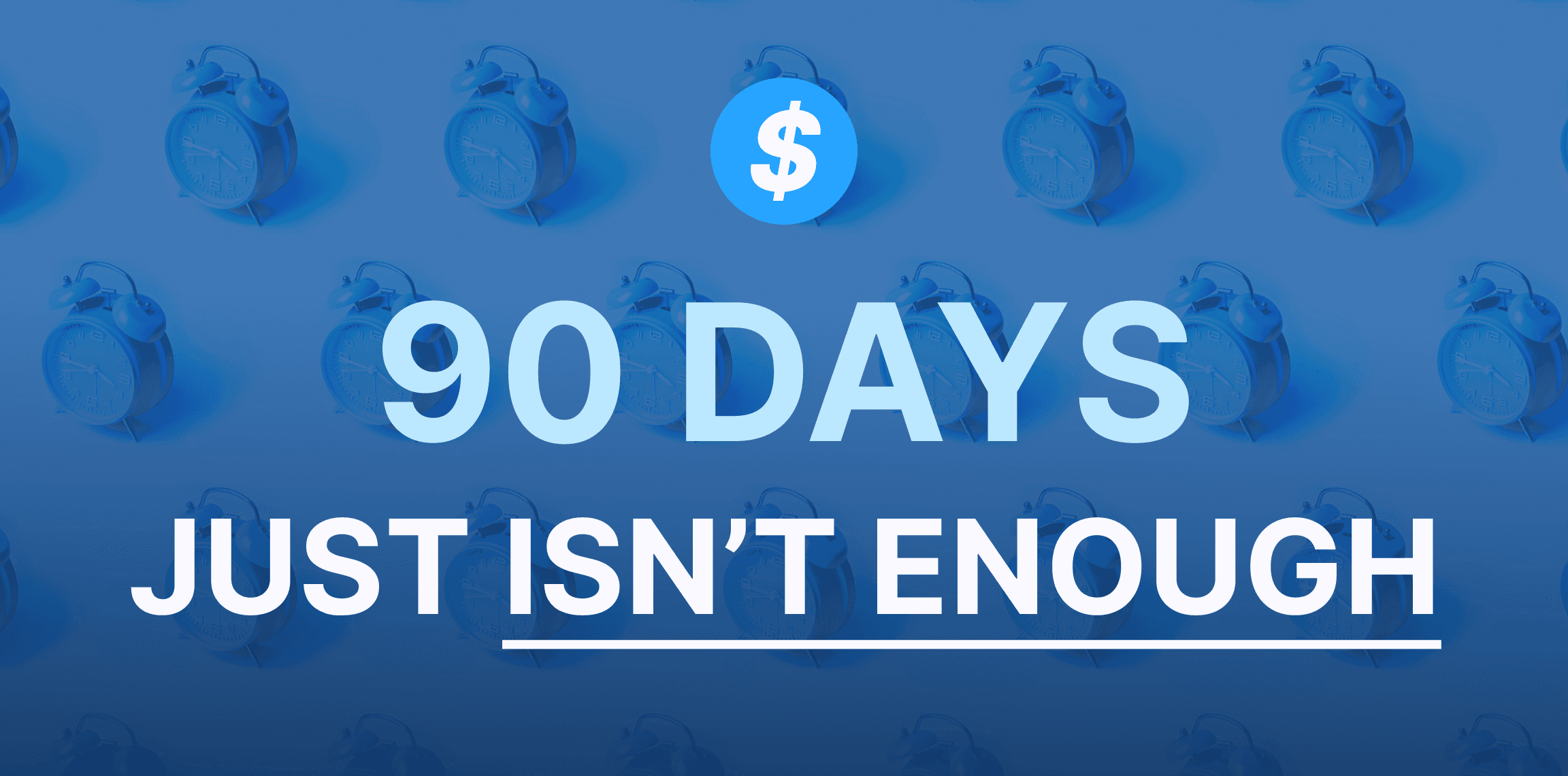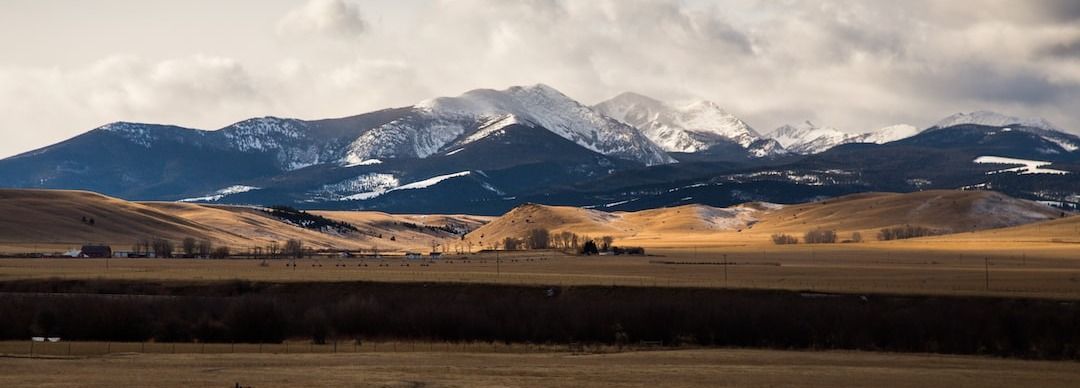Think you can complete your BEAD application in 90 days? Think again.
January 18, 2024
If you're waiting for your state's application, you'll be too late.

During a recent online discussion, Shayna Englin, Director of the California Community Foundation’s Digital Equity Initiative, recounted how low income and immigrant neighborhoods in Los Angeles haven't, for a longtime, been able to subscribe to broadband internet plans.
Non-profit organizations offering services in the area realized that their residents needed better broadband in order to take advantage of the basic healthcare and education services. Whenever clients tried to get the local large commercial broadband provider to provide affordable services, the response always was: “You have service.”
The leaders of the neighborhood development project Destination Crenshaw took action to address this problem. They compiled a report with data gathered through a painstaking, organized community effort, and realized that specific areas were being digitally red-lined.
Local entities around the nation are conducting what effectively amount to what we are calling broadband audits. To prevent every locality from having to reinvent the wheel, and in an effort to ensure industry-standard best practices, Broadband.money is making a free broadband community kit available so that you can generate your own broadband feasibility study.
You’ll get best practices recommendations for browser-based speed test surveys, and the speed test result portion of the surveys will be fed back into our broadband grant maps.
In Los Angeles' case, the report is likely to generate significant interest because the Infrastructure Investment and Jobs Act instructs the Federal Communications Commission to create rules to end digital redlining.
The data is likely to draw regulators' attention to focus on how digital redlining works, and how they can end the practice.
It could also show local and state communities around the nation how to document the practice for themselves.
“What we saw is that in higher poverty communities of color, communities with a high immigrant population, [they] were really consistently charged a lot more for the same service tiers as their neighbors in whiter, wealthier communities, which doesn't make a ton of sense from a business perspective,” Englin said. After asking around, the authors of the study were told that the service provider was likely engaging in the practice to disincentivize subscriptions to a service in an area with outdated cable technology that doesn't have the bandwidth to handle large volumes of traffic and subscribers, Englin said.
The community survey also revealed that many low-income households weren’t taking advantage of the Federal Communications Commission’s Affordable Connectivity Program (ACP) internet subsidy program because the large commercial internet service provider’s salespeople didn’t know what it is and how to enroll people for it, Englin said.
The study also found that many of these low-income households didn’t understand their telecommunications bills, or that they had options to pick from a menu of services, and they didn't have to subscribe to an entire telecommunications package.
The result is that these households don’t subscribe to broadband.
“And so the actual availability is not there,” Englin said during a Benton Society panel discussion on broadband mapping on Monday.
“That's an example of where the infrastructure availability question, and the pricing and adoption questions really do intersect, and you can’t really contemplate that without those — the speed test data and the pricing data laid against availability data over and above what the ISP says."
That's why it's so important to think in a holistic way about data gathering, and why speed tests are important when it comes to broadband mapping, Englin said.
A study published this August from the University of Pennsylvania also showed how Philadelphia suffers from digital redlining.
Yet the much-anticipated new national broadband map that the Federal Communications Commission has been charged with compiling will show that these neighborhoods do have broadband service.
That’s because the maps will only reflect whether an ISP's advertised service is actually available for purchase, not anything else.
“I want to make sure people understand and are clear that what we are collecting is availability data,” said Eduard Bartholme, the FCC’s Broadband Data Task Force’s senior outreach director, during the Monday discussion. “So while adoption, affordability and quality of delivered services are very important, they’re outside of the scope of what the FCC was tasked with under the Broadband Data Act back in 2020.”
“I think another thing that’s really important for everyone to be aware of is that what we are collecting is the maximum speed that is offered for purchase at a location,” he elaborated. “So for example, our maps will show that a provider may offer 200 [Mbps] down over five … that’s what they’re offering for sale. That’s not the performance the consumer may find when they run speed tests at that location … but what the maps [reflect] is what’s available for purchase.”
Local governments and other ISPs can challenge the claims of service providers’ coverage claims, and the FCC will ultimately adjudicate those claims, Bartholme said. He urged the public to go through the FCC’s relevant reports and orders to understand the adjudication process.
Dustin Loup, the Marconi Society’s National Broadband Mapping Coalition Program Manager, moderated the discussion.
In answer to Loup's question about whether challenge information would be published online, Bartholme said that the FCC's maps would reflect areas that were being challenged and that:
“There is an adjudication process that the commission would undertake to ultimately determine the outcome of a challenge if there’s no ability for the person filing the challenge and the provider involved in the challenge to come together and reach an outcome by working with each other.”
The FCC will also later allow consumers to “fact-check” ISPs’ offerings in their area. But it’s still unclear what the FCC will do with the information. ISPs will not be obligated to respond to the complaints.
Sarah Morris, a senior advisor at the National Telecommunications and Information Administration, said that the NTIA had written its BEAD Notice of Funding Opportunity (NOFO) hoping to incentivize service providers to upgrade their networks.
“This is certainly a tension that we are aware of, and one that we tried to thread the needle very carefully to address in our NOFO,” she said. “We do see the need to incentivize where possible, or financially viable, future-proof builds, and that's what we are hoping to do.”
The IIJA directs states to come up with their own challenge programs to enable local communities to challenge incorrect or incomplete information state authorities might have about local broadband needs.
That process enables local governments, nonprofit organizations, or providers to challenge state and territories’ determinations of local areas’ connectivity and grant funding needs – as defined by the number of locations that are unserved and underserved in their IIJA BEAD grant funding application to the NTIA.
The worry is that states may undercount the number of locations needing grant funding because of exaggerated coverage claims by monopoly incumbent providers, or because of other faulty data.
The IIJA determines that locations are unserved if they have connections that can only manage speeds of less than 25/3 Mbps upload/download. Underserved areas are those locations that have connections that offer speeds of less than 100/20 Mbps.
At least 12 states have created their own broadband maps. The NTIA is mandating that states vigorously engage with local communities to discover their broadband needs.
That's why Broadband.money urges local government leaders, community leaders, local broadband champions and action teams to conduct broadband audits with our free broadband community kit.

January 18, 2024
If you're waiting for your state's application, you'll be too late.

January 09, 2024
The big sky state joins a small list of eligible entities that have kicked off their broadband challenge process.